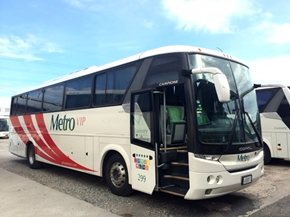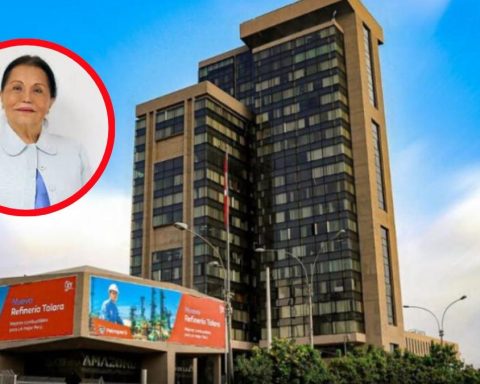The Minister of Tourism, Tabaré Viera, said that the figure is auspicious, since it shows the recovery of the tourist influx, which began to be registered after the end of the health emergency due to the COVID-19 pandemic. The data was collected with big data technology, through an agreement between the portfolio and Antel, which provided information on the mobility of people in the area of interest.
The thermal coastal corridor is consolidated as the third preferred destination for Uruguayan tourists. The Termas destination is a work space articulated between the municipalities of Salto and Paysandú, the Salto Grande Joint Technical Commission, the University of the Republic and the Ministry of Tourism.
Viera added that the region not only offers options in thermal centers and water parks, but also internal and external tourists will be able to access a wide menu of options that diversify and complement the proposal. In this sense, he recalled nautical and river tourism, sport fishing, rural tourism, and visitors to nature and historical-cultural spaces.
In Paysandú, the Termas de Guaviyú received an investment of one million dollars to improve services and amenities in infrastructure and a new swimming pool. That jurisdiction also has the Almirón Hot Springs, the only ones with salt water in the country, and the Morató Castle, which opened its doors to the public, and Montes del Queguay, the largest protected area in the country, among other attractions.
For its part, in Salto, the recovery of 19 kilometers of access to the Arapey Hot Springs began, which required an investment of $130 million. In addition to thermal baths, tourist stays and heritage circuits, the department presents, among other options, paragliding and diving.

















